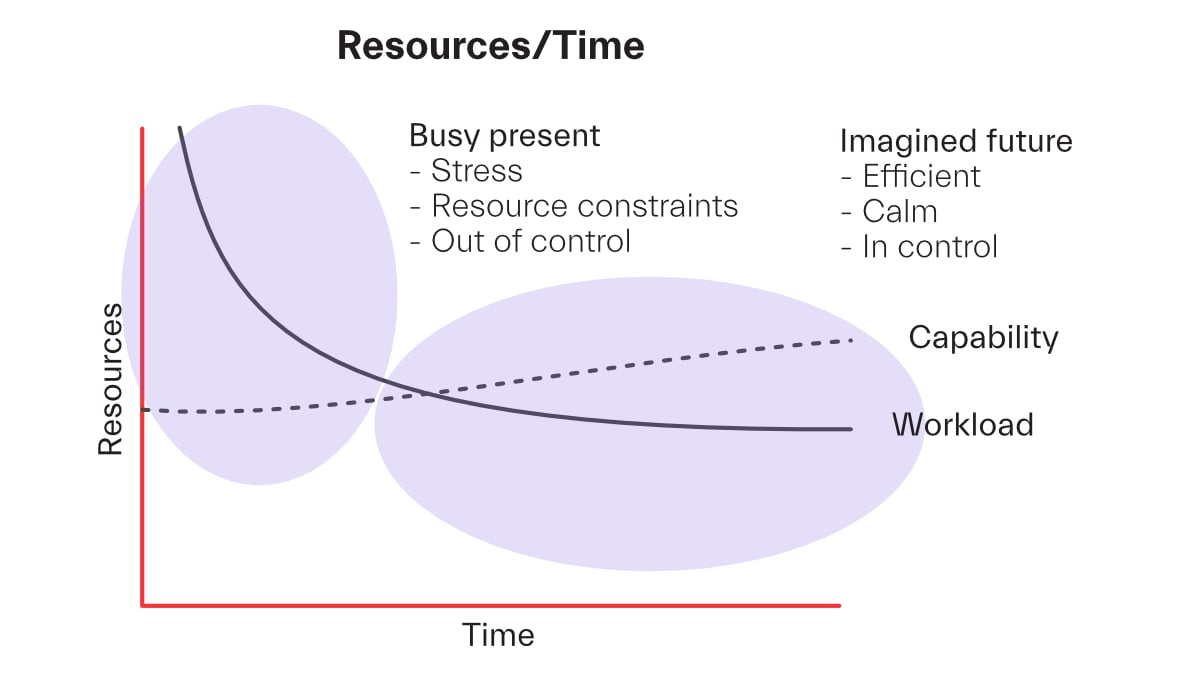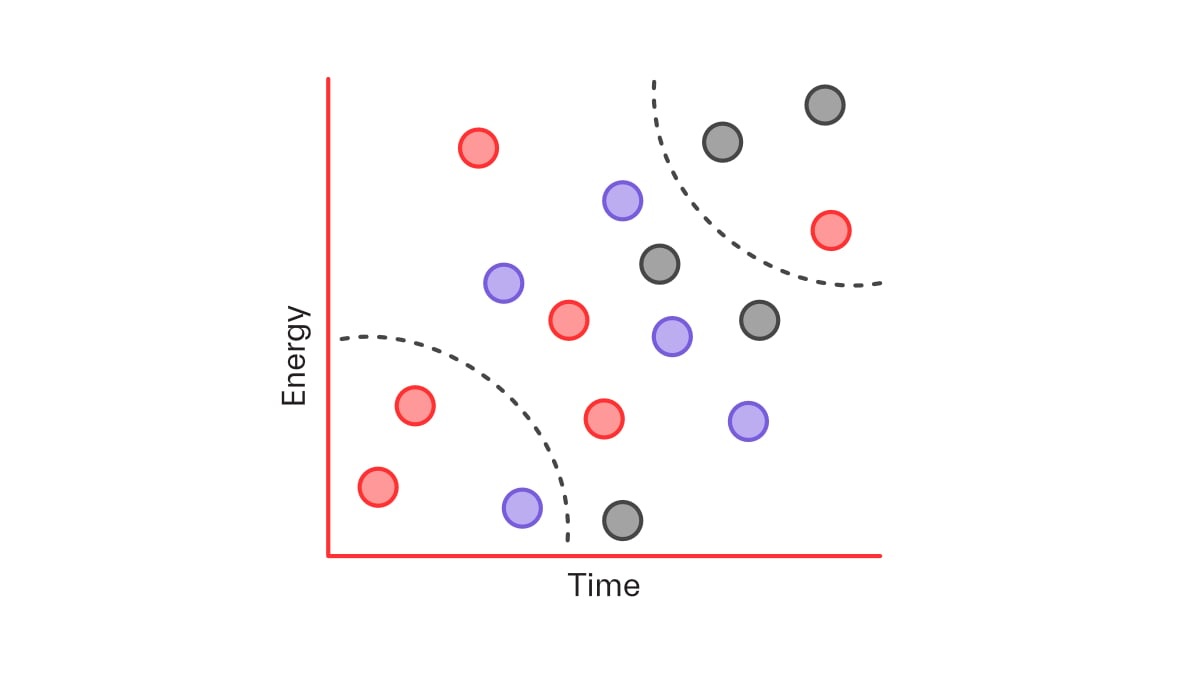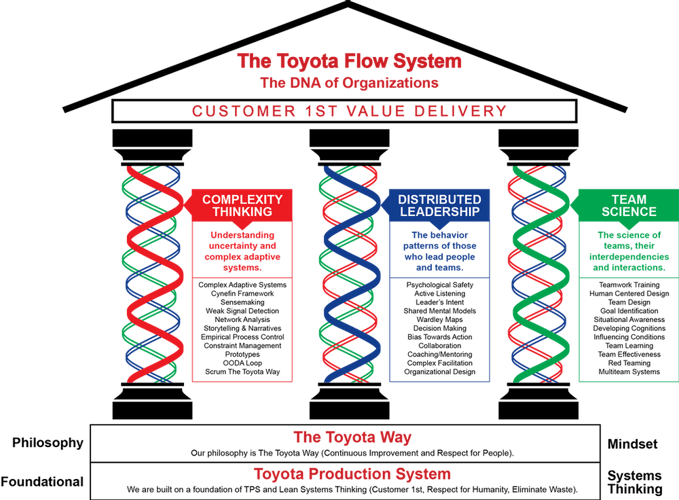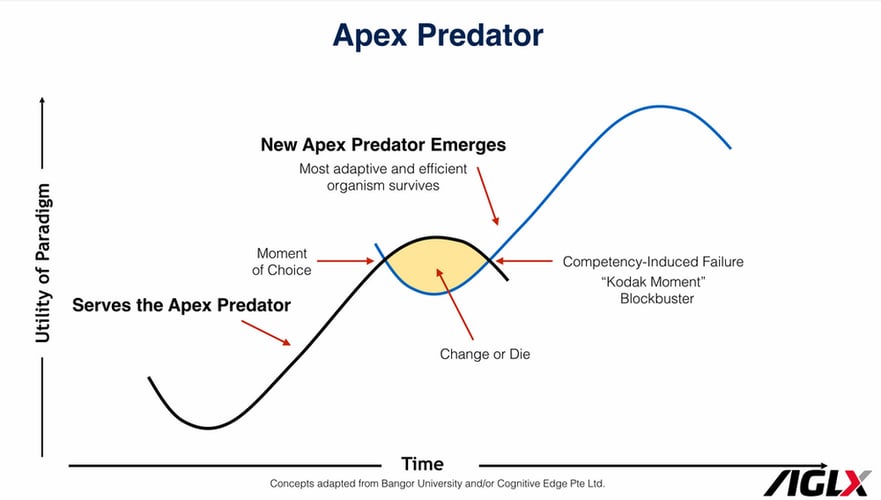The result of a conventional strategy is often a big list of things to do. This list combines the things we are already doing with the exciting new stuff that we want to do in the next few years.
The pattern is nearly always the same: we are really busy now but at some point in the future we expect to gain a payoff in terms of efficiency and increased revenue.
If you graph your workload on a time/resources graph you will get a pareto distribution. We have done this with many clients and the result is nearly always the same.

We can fool ourselves into thinking that we only need to get through the next year and things will ease off. Our payback period is just around the corner. I guarantee you that if you graph your workload again in one, three- or five-year’s time, the shape will not change.
Why? Our strategic environment is not static, the things that are important will change, opportunities will arise, risks will emerge. All of these things will require new projects and resources. The world is dynamic and complex.
The conventional approach (that doesn’t work)
Organisations can spend a large amount of time deciding on priorities. They establish a set of factors such as alignment with strategy, expected payoff, risk etc. A team of managers then ranks projects based on these factors. Consultants love this process because they get to position themselves as experts and the analysis of project potential allows them to mimic the scientific method. Matrix based approaches have the illusion of rigour but are based on a flawed set of assumptions.
The outcome is a confident statement of what is important and what is not. What happens in reality is:
- People will game the process to get their project on the top of the pile. This erodes trust, teamwork and creates silos. (I have on one occasion seen this develop into a good old fashioned fist fight).
- Some projects will become covert. Managers will find resources and do them anyway. This is very frustrating for senior managers. I have found that these projects usually have some value that wasn’t understood or acknowledged by the prioritisation process. Managers are acting in the best interests of the organisation but need to break the rules to get the job done.
- Changes in the strategic environment mean that some projects are elevated in terms of importance and others are irrelevant. We need to reprioritise. We start the process again and, in a few weeks, we have the same result.
What to do.
- Avoid the problem.
An adaptive strategy is designed to lower the energy cost of experimentation, we can accommodate a broader set of projects within existing resources.
See https://www.aglx.com/aglx-thinking/case-study-craigmore-sustainables for a case study about how we used adaptive strategy to help Craigmore Sustainables avoid having to establish a project management office to implement their conventional strategy.
- Create a map.
We use Wardley Mapping to map the strategic environment and a Time / Energy map to establish the relative constraints of a set of projects.
A fun and informative view of Wardley mapping for Santa Claus can be found here:
https://www.aglx.com/aglx-thinking/santas-strategy-2-0
Both of these techniques provide the basis for a discussion on what is strategically important, what we might outsource or buy off the shelf and what we need to develop in house. We can also have a discussion on how we can shift the constraints, time and energy to reduce the stress on the organisation. We can build in the capacity to quickly respond to emerging opportunities and threats.

We work with clients to create a decision-making process that aligns with their shared understanding of success. This process is based on a set of principles that means decisions are made quickly and in an authentic way. This has many advantages.
Most projects will have some value to us. We avoid categorical go/no go prioritisation decisions by asking:
- How might we reduce the time and energy needed to do this?
- Can we outsource this or share the risk with other stakeholders?
We avoid the tyranny of the business case and privilege action over analysis by asking:
- What small experiment could we do to show this is an idea worth investing in?
An advantage of this process is that once learned, it can be adopted at any level of strategic decision making and for any part of the organisation. This means that the team are now approaching decisions with a consistent and shared understanding of how the decision will be made. We don’ want to live in a question mark where decisions never get made and prioritisation becomes ad hoc.
We then apply this process to the project suite; leaders learn by doing.
A good example of a decision-making process (for an innovation strategy) can be found in the Orion Energy Innovation Strategy here.
Outcomes:
An adaptive strategy is the basis for increased flow. This reduces the load on the organisation and can mitigate the effect of resource constraints. Beyond that our process means:
- The mapping creates a shared model for a meaningful discussion on the projects in relation to the strategic intent.
- The management team are working with a shared focus as opposed to ‘fighting their corner’.
- The projects are no longer seen as discreet units of work but rather the interrelationships become more obvious and important.
- We are supporting leaders in the business to make good decisions rather than making categorical statements about what is or is not important.
- The process is dynamic and can adapt to the shifting strategic environment.
Does Your Strategy Need a Refresh?
If your organisation needs to refresh its strategy then AGLX can help.
AGLX is an adaptive strategy consultancy that allows organisations to be confident in complexity & turn uncertainty into a competitive advantage.
We work with the leaders of organisations who are looking for fresh thinking and want to challenge the status quo.
Get in touch with us for a confidential discussion about how we can help you.




